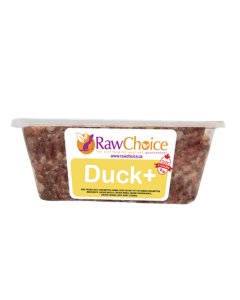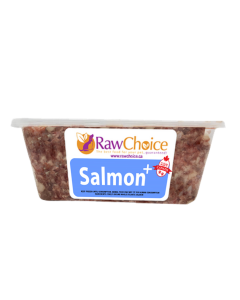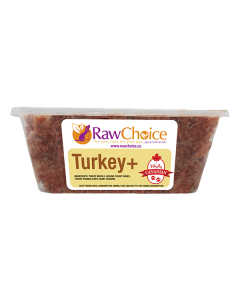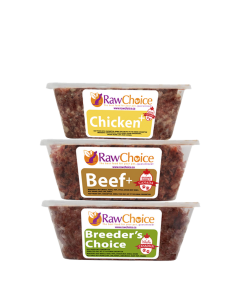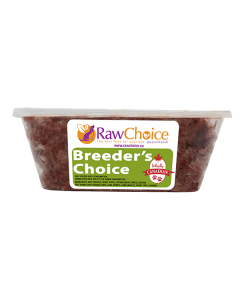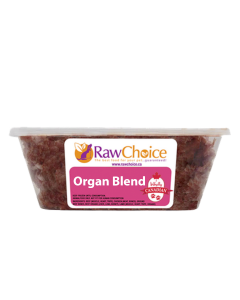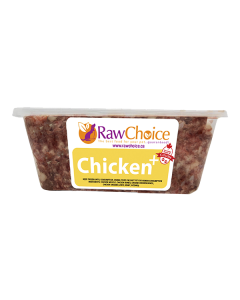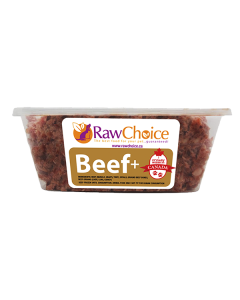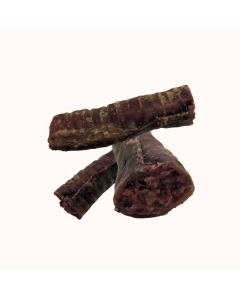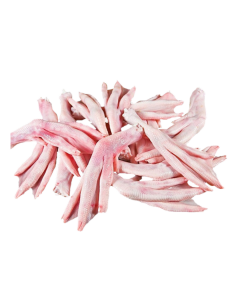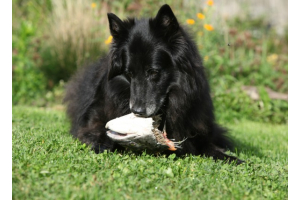
How much does the actual content of canned pet food differ from the label?
Remember the horse meat scandal in Europe in 2013? When authorities found that meat packers mixed horse meat with beef to make that special burger? Food Safety Authority of Ireland (FSAI) found that many burgers sold in the UK supermarket had horse muscle DNA. The molecular test used is one of the most sensitive and specific tests available to investigators today and therefore proved beyond any doubt that horse meat was mixed with other meat. I don’t know about you, but I have strong feelings about eating someone’s pet. The scandal proved to be much wider than what initially thought and the same practice was discovered across Europe.
Researchers from the University of Nottingham suspected that the same problems extend to the pet food industry. After all, despite the regulations, monitoring of many aspects of pet food manufacturing process is largely self-regulated. This means that the companies are responsible for doing most of the testing and reporting the results to the regulatory authority if something goes wrong for a recall. I am sure that you read something about a Salmonella recall by a pet food company, like Blue Buffalo recalling one its products recently as reported on the FDA’s website. This is common for human food as well, you can check the list of Canadian Food Inspection Agency here. The previous recall is an example of how self-regulation works: you test, find, report, and recall. Happens all the time and it is no big deal as long as it is done in a timely manner.
Reporting the content of the product is also self-regulated. If a company decides to call its product “Scrumptious Dinner….with Beef” then everyone assumes that the main protein (more than 50% of it at least) is beef, right? Look deeper. Even if it says with beef that does not mean much. More about labels and label reading can be found on many good websites (Check #PlanetPaws FB page for some examples). This post is about the meat you DO NOT want in the can of dog or cat food you are buying but it ends up being there somehow.
The research group led by Dr. Chang examined the correlation between what animal species were disclosed on pet food labels and what is actually in it using DNA testing. The researchers studied the relative presence of DNA of cow, chicken, pig, and horse in 17 leading dog and cat wet foods, which are readily available in UK supermarkets. The test detects if there is cow, chicken, pig, or horse protein and the relative amount. The good news is that researchers found no horse DNA in any of the 17 pet foods sampled. The not so great news that 14 of the 17 samples did not match the label claims. This is of course with a huge range: small, nothing to worry about the difference, to jaw-dropping discrepancy.
Chicken products:
Two products stand out according to the study findings: “Hill’s Prescription Diet R/D Feline Weight Loss” and “Cooperative Gourmet Terrine with Chicken and Game” appear to contain no and 1% chicken DNA respectively, contrary to expectations. The Hill’s product should contain pork and chicken, but upon testing not a trace of chicken could be found!
Beef products:
Seven of the products the researchers had “with beef” on their label. For me, I’d assume that beef is the only or at least the major protein in the can. Again, only two products had more beef than pork or chicken.
These results are only the summary of the findings, you can check the table below for the complete list of brands tested in the study

